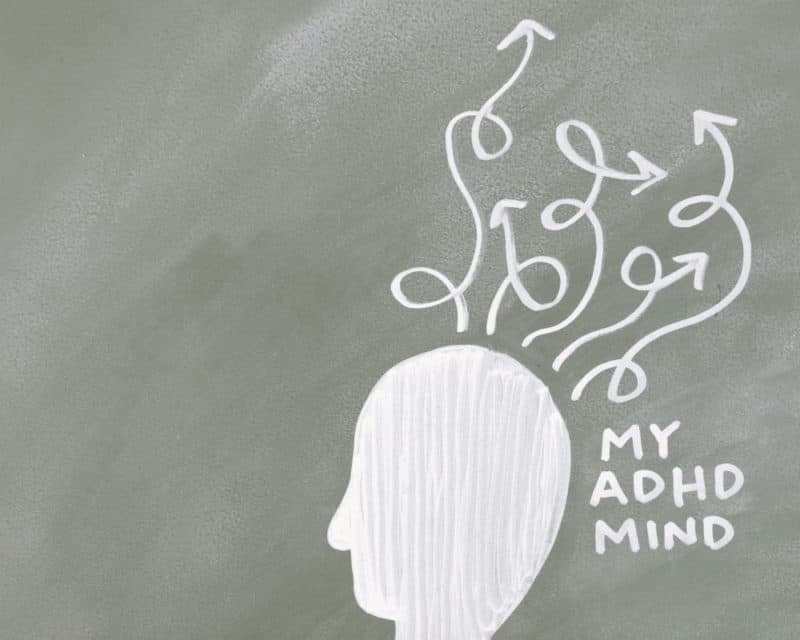Whether you are working with a child who has been diagnosed with Attention Deficit Hyperactivity Disorder (ADHD), or if your child or a child within your family has recently received a diagnosis, it can be difficult to know how to speak with them and care for them. Because of the time that is usually associated with the ADHD diagnosis process, it is likely that you will have some knowledge of what type of parenting or caring techniques work for your child through trial and error. These are some of the ways that you can care for a child with ADHD, and some of the things you can do to avoid negative outbursts.
Structure and Routine

Structure is essential for a busy mind and can help encourage personal care as well as assigning tasks within your child’s head as well as externally. It is easy for children with ADHD to become overwhelmed by small tasks, and enforcing a routine that is easy for them to follow can allow them to add some level of structure to their thoughts. Try to keep some level of structure to their day, whether that involves a morning routine or even for days when they aren’t at school, find something that works for them and try to stick with it as much as possible. Self-care and hygiene can also be encouraged through the use of a regular routine. This can allow them to grow up to be independent and be able to look after themselves properly.
Sleep
Within teaching them a regular routine, it’s worth emphasizing the importance of sleep. Children with ADHD can have particular difficulty switching off at the end of the day, which is why you should work on creating a routine that works for you and your child. Encourage them to wind down at the end of the day, and allow extra time for this because it might take longer than a neurotypical child.
Encourage Movement

A lot of children with ADHD will have spurts of excessive energy throughout the day, so you should show them how to channel their energy into movement. This can be by running around outside, throwing a ball around, or finding a creative way that they can move their feet. Some parents have even gone as far as to create indoor swings for their children with ADHD to channel their energy into. It allows movement and energy release without seeing it emerge in the form of aggression. One of the main symptoms that can be overwhelming for children with ADHD is not knowing what to do with the excessive stores of energy. Try to work with them and think of fun ways you can tackle this issue together.
Set Clear Rules and Boundaries
Growing up with ADHD can be challenging, and older children might not thrive as well from a strict routine. That is why it is important to enforce clear rules and boundaries to show them how certain actions can have consequences. Try to be consistent with these, and be fair with all of the children that you live with so that they don’t think that any is getting special treatment. It can also help children to find an appropriate way to process their emotions that isn’t violent or aggressive, which is often the case in ADHD.
Help at School
If you can, try to ensure that they are getting the right amount of help at school. This can allow them to process information in a way that works with their brain rather than against them, as well as feel like people want them to learn rather than act out. Children with ADHD might struggle with sitting and taking in information for longer periods of time, which is why some teachers will provide them with the opportunity to move, act out scenarios, or even take more regular breaks.
Stay Positive

A lot of people will think that an ADHD diagnosis is a negative thing and like their child is different in some way. It is worth changing your perspective and seeing this as a learning experience for both of you. Try to find new ways of presenting information, enforcing routine, and forms of movement that are fun and enjoyable. There is something fascinating about a child with a different way of thinking, and it can be interesting to adapt routines to fit this. Trial and error is a common way in which we can figure out what works and what might not work as well. Stay positive and don’t punish them just because their brain works a little differently.
To summarize, there are a lot of things that can be done to help a child with ADHD in their daily life and in school. One of the most important things to remember is that we should work with them and not against them. Try to introduce new forms of movement to work through the energy, and prevent aggressive outbursts that come from being misunderstood.
